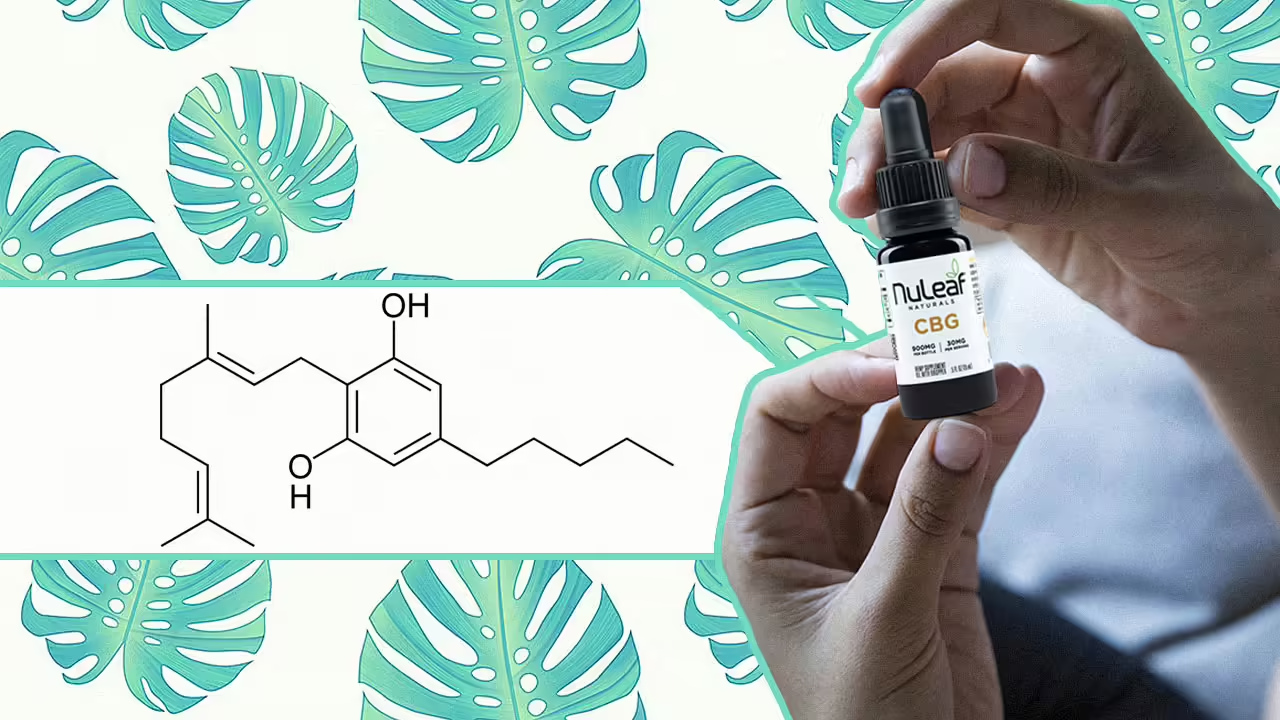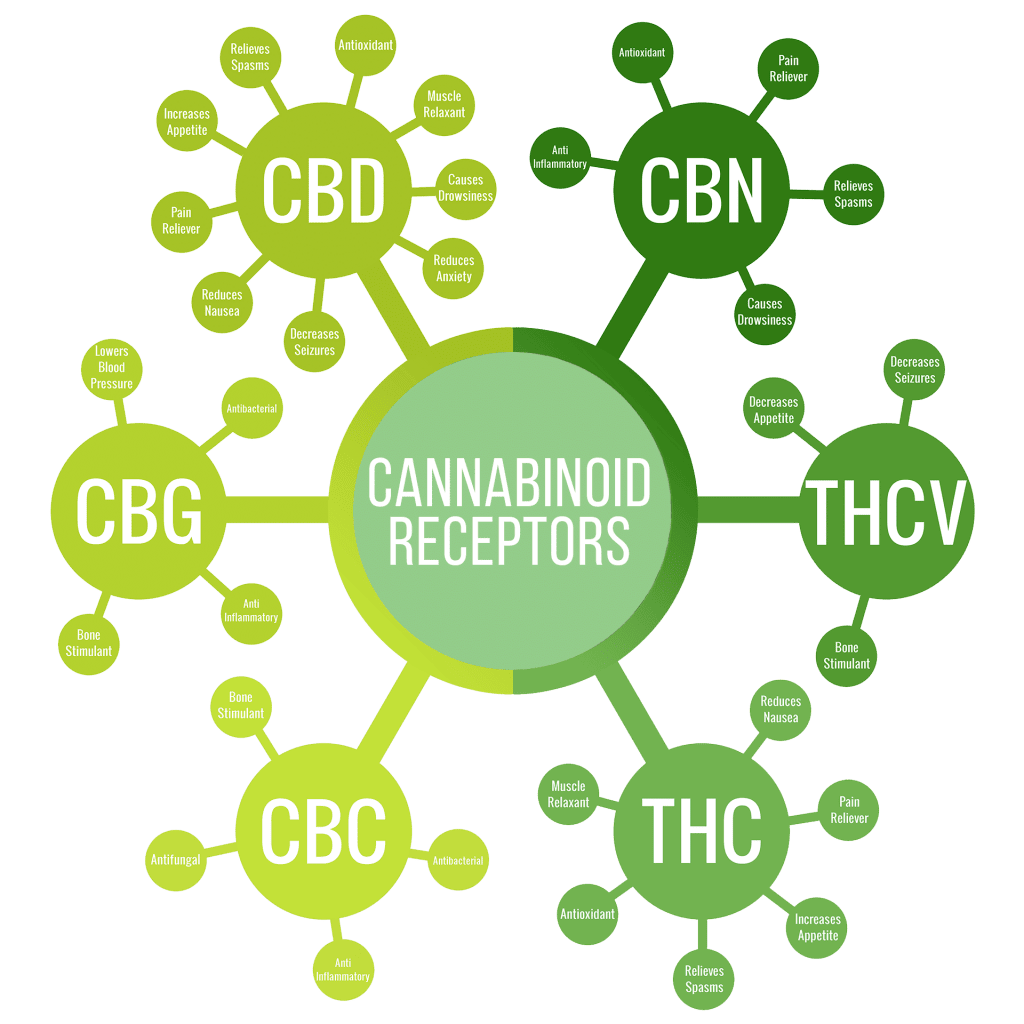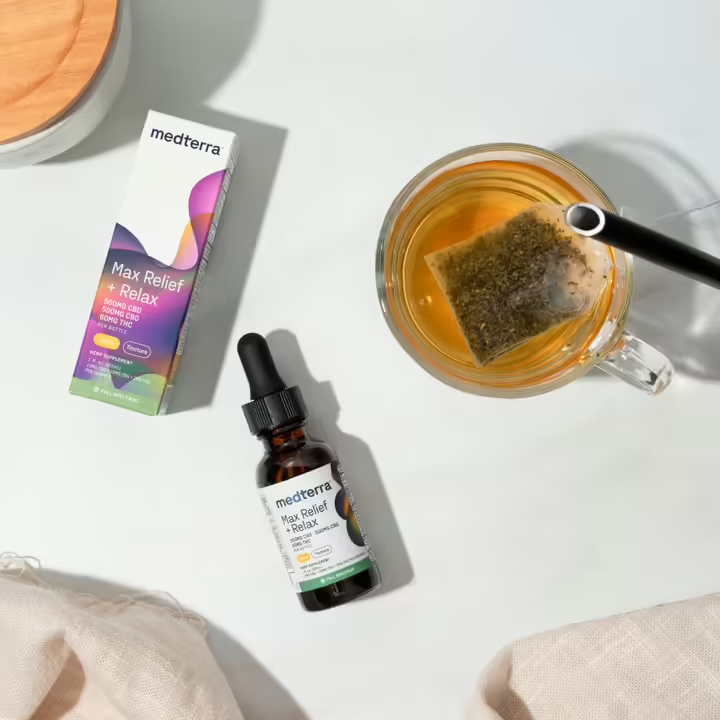What is CBG?
Summarize

If you’re familiar with cannabis, you probably know that several different cannabinoids contribute to the overall benefits of a cannabis regimen. CBD is one of the more common cannabinoids, as well as THC.
Table of Contents
There are over 100 different compounds in total. The CBG medical abbreviation is Cannabigerol, which is found in smaller quantities in certain strains of cannabis. There is still some valuable information to be known about this cannabinoid. Read on to find out more.

What Is CBG?
CBG (Cannabigerol) is another non-psychoactive cannabinoid that is found in the hemp plant. It is very different from THC, which does create the feeling of being ‘high.’ It makes up less than 1% of most cannabis strains, but Cannabigerol can turn into THC and CBD.
The cannabis plant can produce cannabigerolic acid (CBGA), which is the parent component of tetrahydrocannabinolic acid (THCA), cannabidiolic acid (CBDA), and cannabichromenic acid (CBCA). It is by way of specific enzymes in the original plant that CBGA can be broken down.
For now, growers can extract CBG oil for sale at a certain point during the growth period when the compound is at its highest concentration.
CBG vs. CBD can be converted naturally to create THC or CBD. Currently, there are cannabis growers who are looking to develop plants that have higher CBG content genetically.
CBG Benefits
As the “mother of all cannabinoids,” CBG is believed to offer many benefits as a precursor to CBD and THC. Research is ongoing, but it is known that the cannabinoid delivers benefits without the high THC created for reasons that include not functioning in the endocannabinoid system like THC. What is CBG good for? Following are some of the CBG benefits that CBG may provide based on research.
1. It May Help Support Focus
Do some people take CBG for focus? Yes! CBG has been found through research to have the potential to support neurogenesis which is the formation of new neurons in the brain. The evidence is so strong that it is currently being studied in clinical trials as a possible treatment for neuroprotection and spinal cord injury repair. Because of the neurogenesis and neuroprotection effects, it may help support focus.
2. It May Help Support a Normal Response to External Stimuli
A survey of CBG users found that the most common reason for taking CBG was to alleviate feelings of unease, followed by chronic discomfort and sleep issues. CBG has shown to inhibit GABA uptake more than CBD or TGC, which means it may block specific nervous system activity and produce a calming effect by decreasing muscle tension. Inhibiting GABA intake means GABA neurotransmitters are not broken down. When the mind and muscles relax, tension is reduced. In addition, CBG may also act as a serotonin receptor antagonist, which supports emotional balance management.
3. It May Help Support A Healthy Appetite
A study published in Psychopharmacology found CBD may have appetite-stimulating properties. CBG has an affinity for cannabinoid receptors in the systems regulating appetite, increasing a desire for food when there is an undeveloped desire. Further research is ongoing to investigate CBG as a therapeutic to treat eating disorders.
4. It May Help Support the Comfort
CBG may lead to providing a feeling of comfort because of the possible many comfort-inducing effects. One reason is its apparent ability to inhibit GABA uptake. CBG may relax muscles, thus reducing discomfort and delivering other benefits. They all add up to less discomfort and a better feeling of well-being.
5. It May Help Support Healthy Vision
Eye tissue has a high concentration of cannabinoid receptors. Poor blood flow to the optic nerves can negatively impact vision when eye pressure is too high. CBG may reduce intraocular eye pressure, so researchers are investigating its therapeutic value for ocular well-being. However, another benefit is the antioxidant effects of cannabinoids, which also support eye health by reducing free radical formation.
How to Take CBG Products?
CBG oil is made by extracting CBG from the young cannabis plants; it must be harvested at the ideal time. Unless the product is CBG isolate powder, the extract is mixed with a carrier oil to support absorption.
Products labeled as CBG oil have an equal or higher CBG concentration than other cannabinoids like CBD. CBG oil is available as full spectrum, broad spectrum and isolate. There are also CBD products with CBD as the primary cannabinoid but have some amount of additional CBG added through the extraction and production process.
There are several ways to take CBG oils and tinctures. The most effective way to take oil is sublingual because it bypasses the digestive system. CBG oil has CBG as the oil base, while a CBG tincture has an alcohol base. Both CBG products can be taken sublingually.

1. Sublingually
Step 1: Place the desired amount of CBG oil under the tongue.
Step 2: Hold the CBG oil under the tongue for 60-90 seconds to allow the CBG to be absorbed into the capillaries to enter the bloodstream quickly.
Step 3: Swallow the remaining CBG oil.
2. Other Ways to Take CBG Oil
- Add oil to foods
- Add it to drinks and smoothies
- Rub CBG oil on the skin
- Take CBG as CBG capsules or softgels
CBG Dosage & Storage
You would take CBG oil like CBD oil, meaning you have the same options as how you take CBG oil. For example, you can take it sublingually or place drops of oil on your tongue. Other options include consuming CBG gummies, capsules or isolates.
It is always wise to start with a low-potency product and determine the effects experienced. Each product has dosage recommendations that you can follow. You can increase the CBG dose over time. Remember that you will not experience psychoactive effects, so it may seem like it is not doing much at first. Cannabinoids, like vitamins, will build up in your body, so give CBG time to work.
CBG should be stored in an air-tight container and away from heat and direct light. If the manufacturer recommends refrigeration, be sure to follow the instructions. Besides isolate products, they may have other ingredients that need refrigeration.
FAQs
CBG is not nearly as well known as CBD because it has yet to be studied as closely, though that is changing. Following are some of the frequently asked questions concerning CBG.
Is CBG Legal?
CBG is federally legal when extracted from hemp plants containing less than 0.3 percent THC. Each state has its laws concerning the sale of non-hemp (marijuana) and hemp-derived products, so a blanket statement cannot be made about state legality.
Does CBG Get You High? Is CBG Psychoactive?
CBG is non-psychoactive and is a weak agonist for the endocannabinoid receptors CB1 and CB2. It acts as a partial antagonist for THC, which means it stops the CB1 receptors from producing the psychoactive effects of THC, even if some THC is present. Since it is non-intoxicating, you can take it at any time.
How Does CBG Make You Feel?
People respond differently to cannabinoids, and CBG is not an exception. It may make someone feel calmer, while it may make someone else feel more focused. That is why it is important to start with a low dosage and slowly increase it until you find the amount that works best for you.
How To Take CBG Oil?
You can take CBG oil sublingually by placing drops under the tongue for faster absorption or placing drops in the mouth and swallowing them. Other options are to take CBG gummies, capsules, or softgels. You can also add oil to edible products. Thegummies’ benefits are the same as oil benefits, except gummies are eaten like candy.
At The End
With increasing research on the benefits and uses of CBG cannabinoids, the future looks bright for cannabinoid-based products. These compounds have a wide range of benefits and the potential to treat various conditions and issues.
While CBG oil is found in shallow levels in cannabis-based products, future development may allow for higher concentrations. A full-spectrum product will likely give you all of the health benefits that you are looking for from a large variety of cannabinoids. Even prescription drug companies have started to acknowledge the benefits of these cannabinoids.
The FDA is also starting to involve itself in the process of ensuring the cannabis products being sold on the market are safe to use. As states continue to pass their legislation focusing on the sale and use of cannabis, you’ll likely see more products becoming available that method one or more beneficial cannabinoids.
Sources
- Valeri, A., Chiricosta, L., Gugliandolo, A., Pollastro, F., & Mazzon, E. (2022). Will Cannabigerol Trigger Neuroregeneration after a Spinal Cord Injury? An In Vitro Answer from NSC-34 Scratch-Injured Cells Transcriptome. Pharmaceuticals, 15(2), 117. https://www.mdpi.com/1424-8247/15/2/117/htm
- Gugliandolo, A., Pollastro, F., Grassi, G., Bramanti, P., & Mazzon, E. (2018). Efficacy of Cannabigerol, a Non-Psychoactive Cannabinoid. International Journal of Molecular Sciences, 19(7), 1992. https://doi.org/10.3390/ijms19071992
- Brierley, D. I., Samuels, J., Duncan, M., Whalley, B. J., & Williams, C. M. (2016). Cannabigerol is a novel, well-tolerated appetite stimulant in pre-satiated rats. Psychopharmacology (Berl), 233(19), 3603–3613. https://doi.org/10.1007/s00213-016-4397-4
- Russo, E. B., Cuttler, C., Cooper, Z. D., Stueber, A., Whiteley, V. L., & Sexton, M. (2022). Survey of Patients Employing Cannabigerol-Predominant Cannabis Preparations: Perceived Medical Effects, Adverse Events, and Withdrawal Symptoms. Cannabis and Cannabinoid Research, 7(5), 706-716. https://doi.org/10.1089/can.2021.0058
- Bantick, R. A., Rabiner, E. A., Hirani, E., de Vries, M. H., Hume, S. P., & Grasby, P. M. (2004). Occupancy of Agonist Drugs at the 5-HT1A Receptor. Neuropsychopharmacology, 29(5), 847–859.
- Colasanti, B. K. (2009). A Comparison of the Ocular and Central Effects of Δ9-Tetrahydrocannabinol and Cannabigerol. Journal of Ocular Pharmacology and Therapeutics, 6(4), 259–269. https://www.liebertpub.com/doi/10.1089/jop.1990.6.259
- Russo, E. B. (2008). Therapeutics and Clinical Risk Management, 4(1), 245–259. https://www.ncbi.nlm.nih.gov/pmc/articles/PMC2503660/#b51
Share this post


0